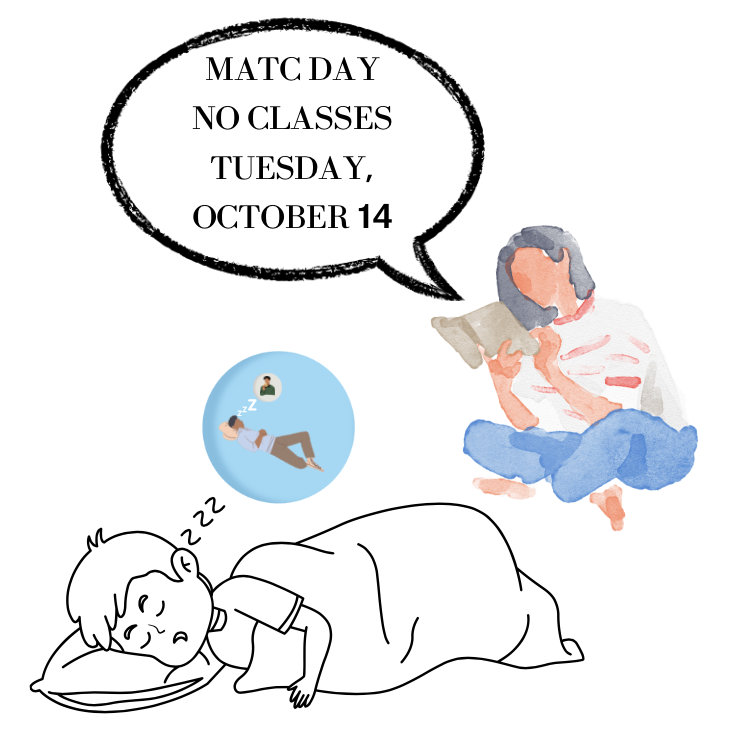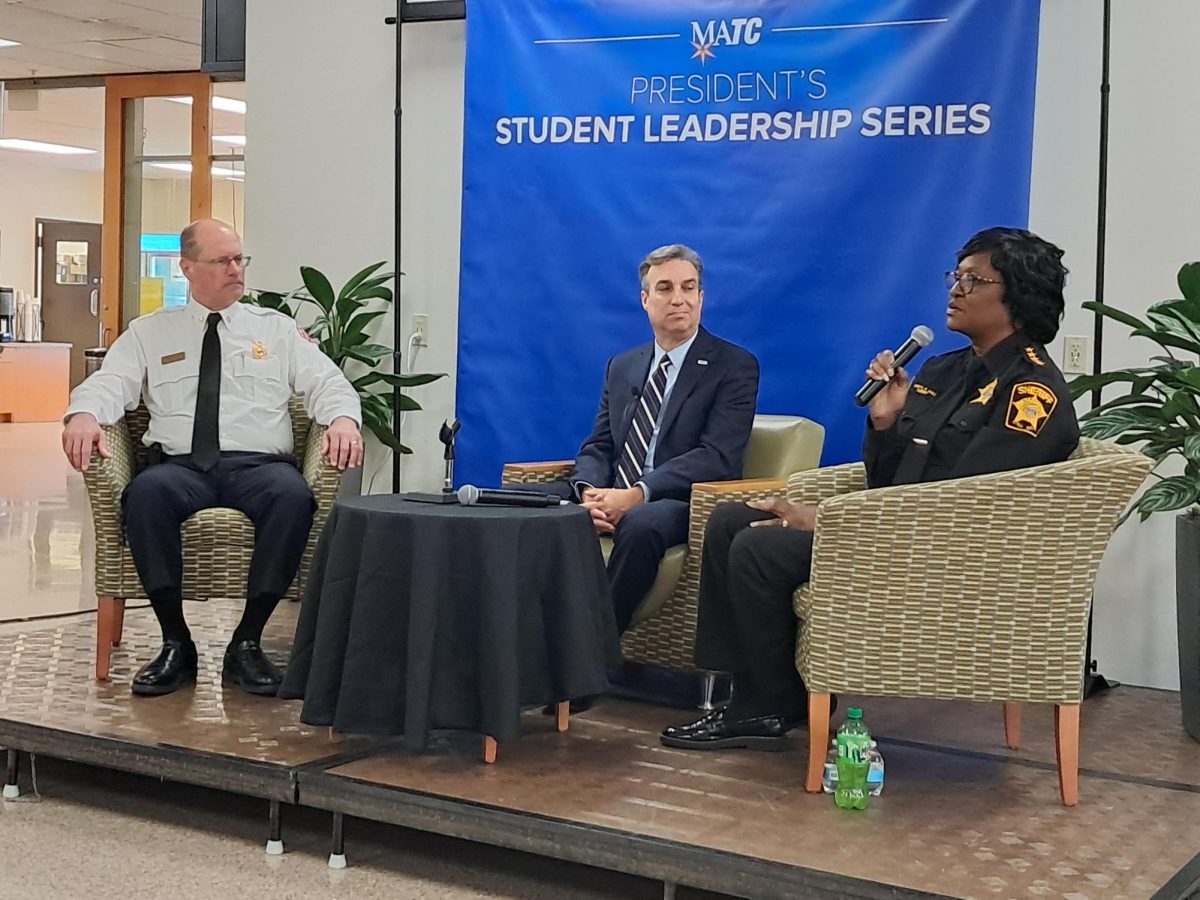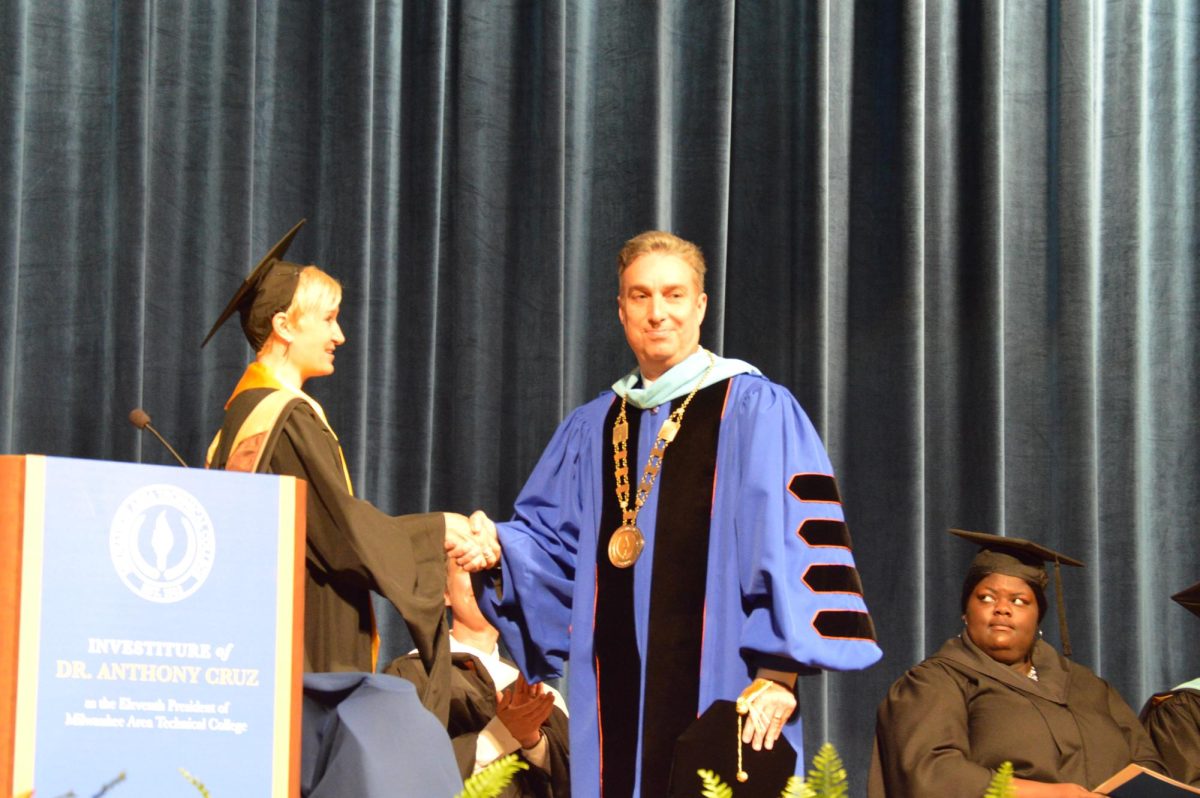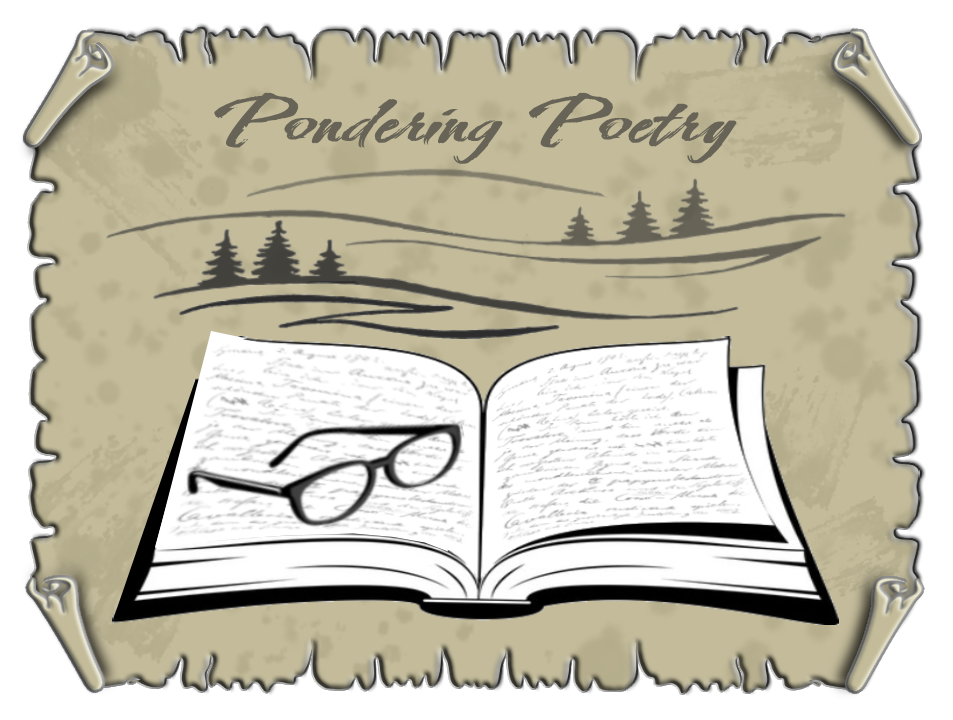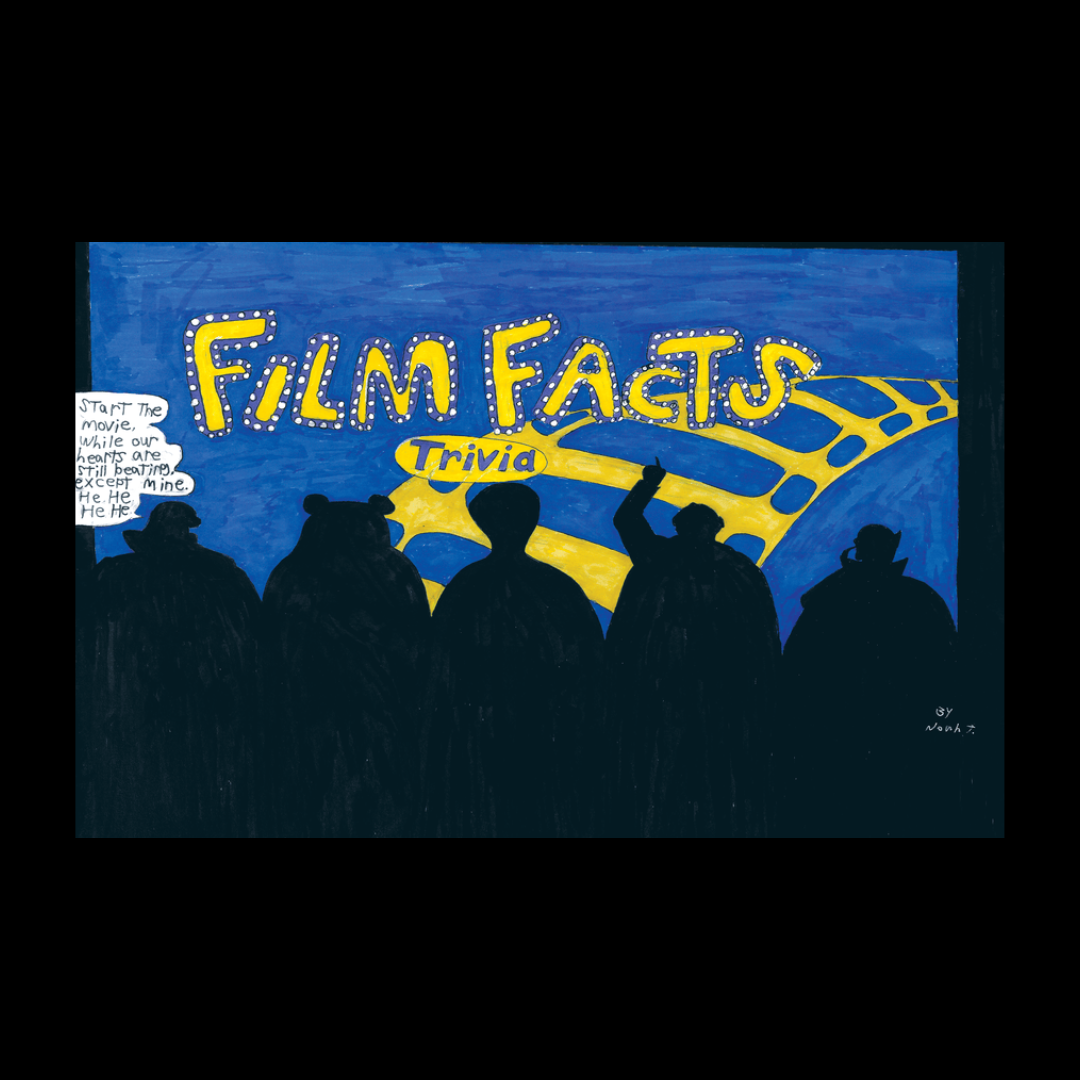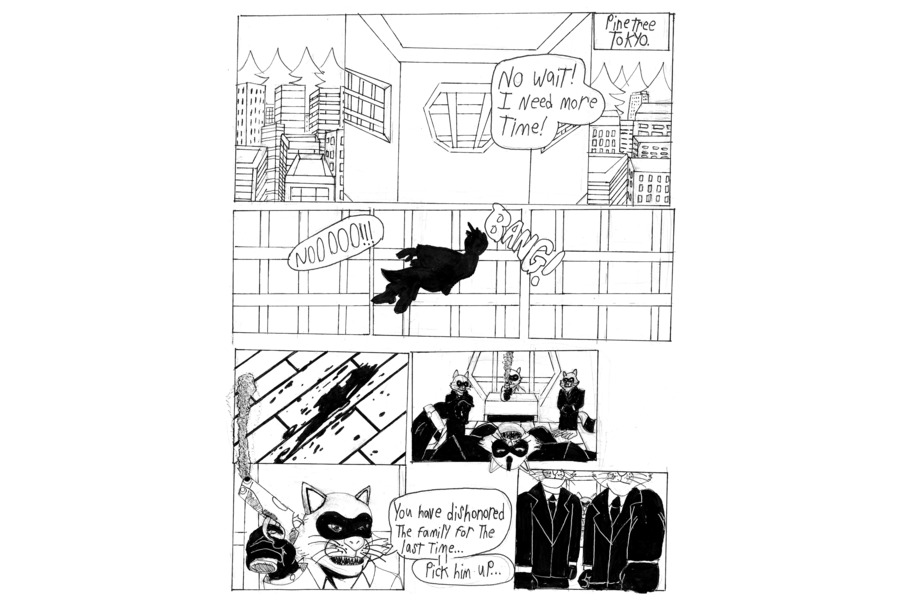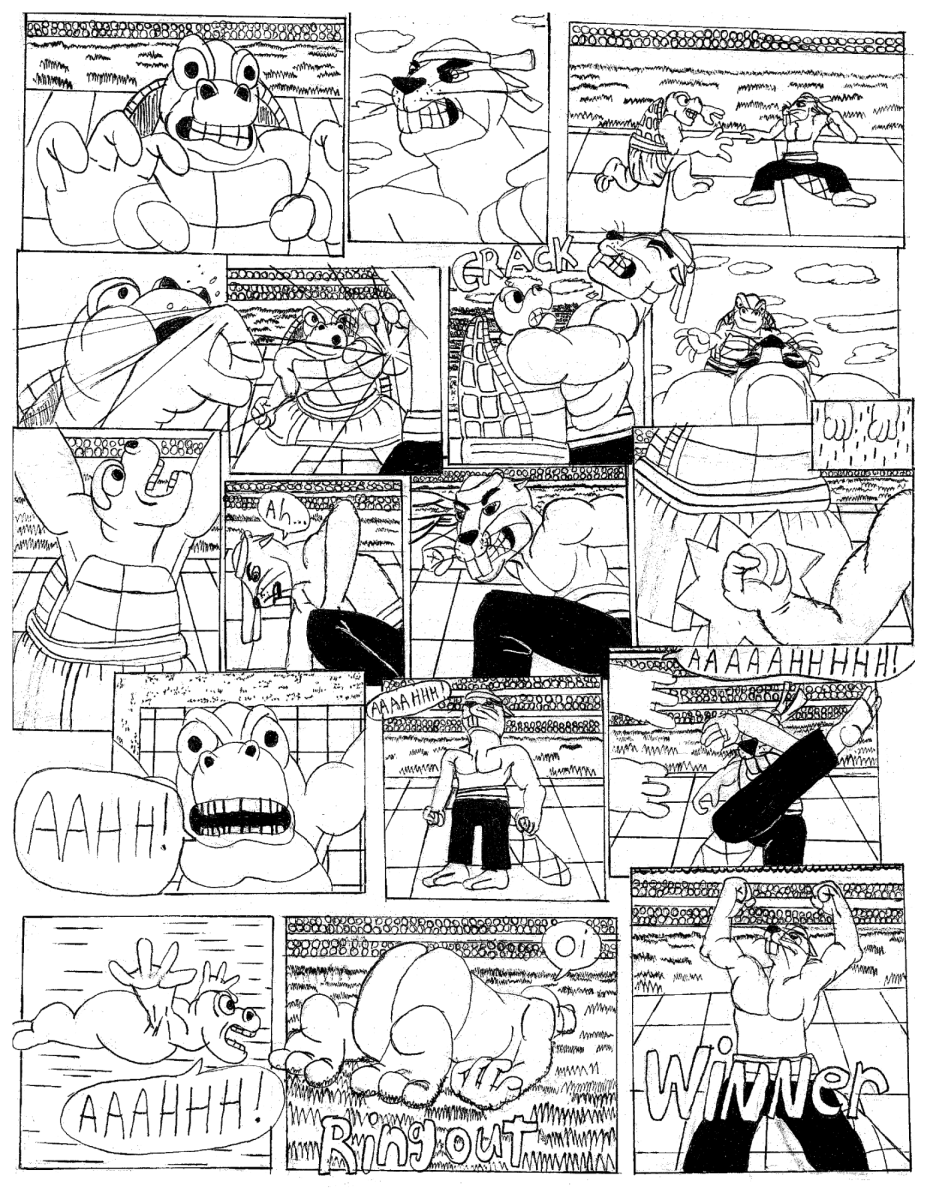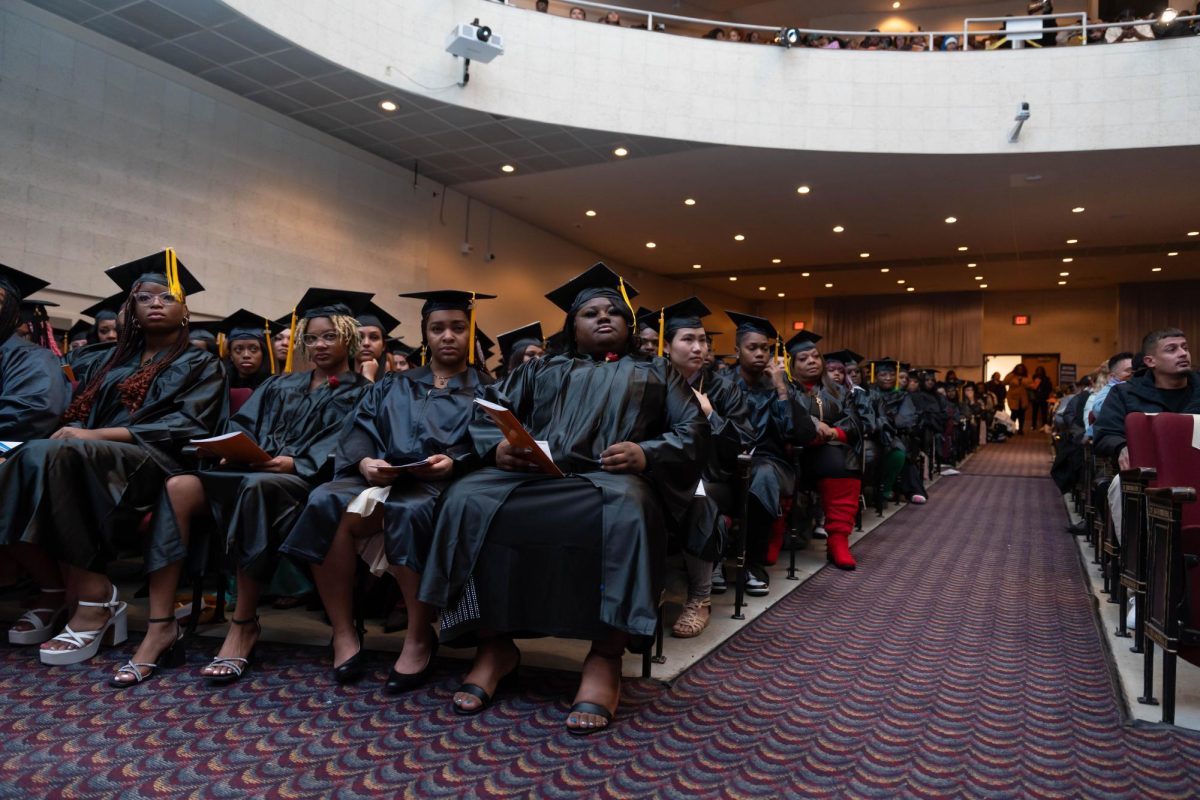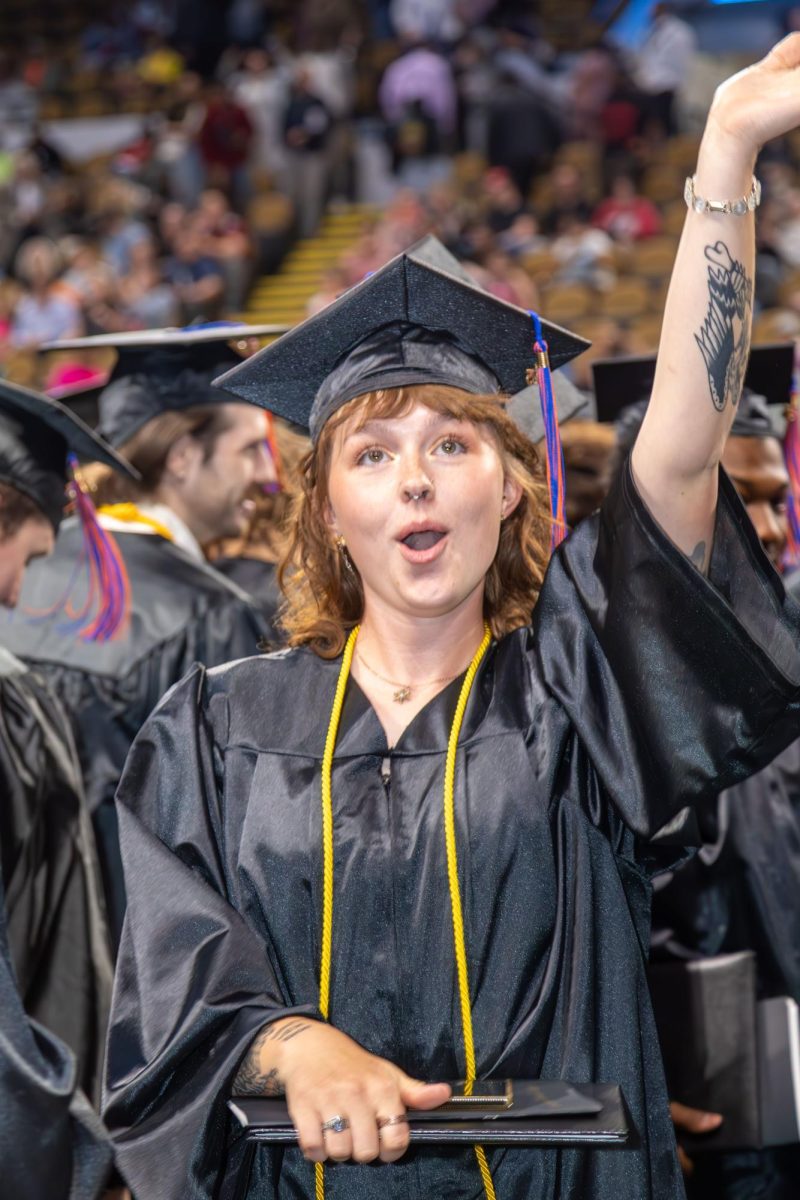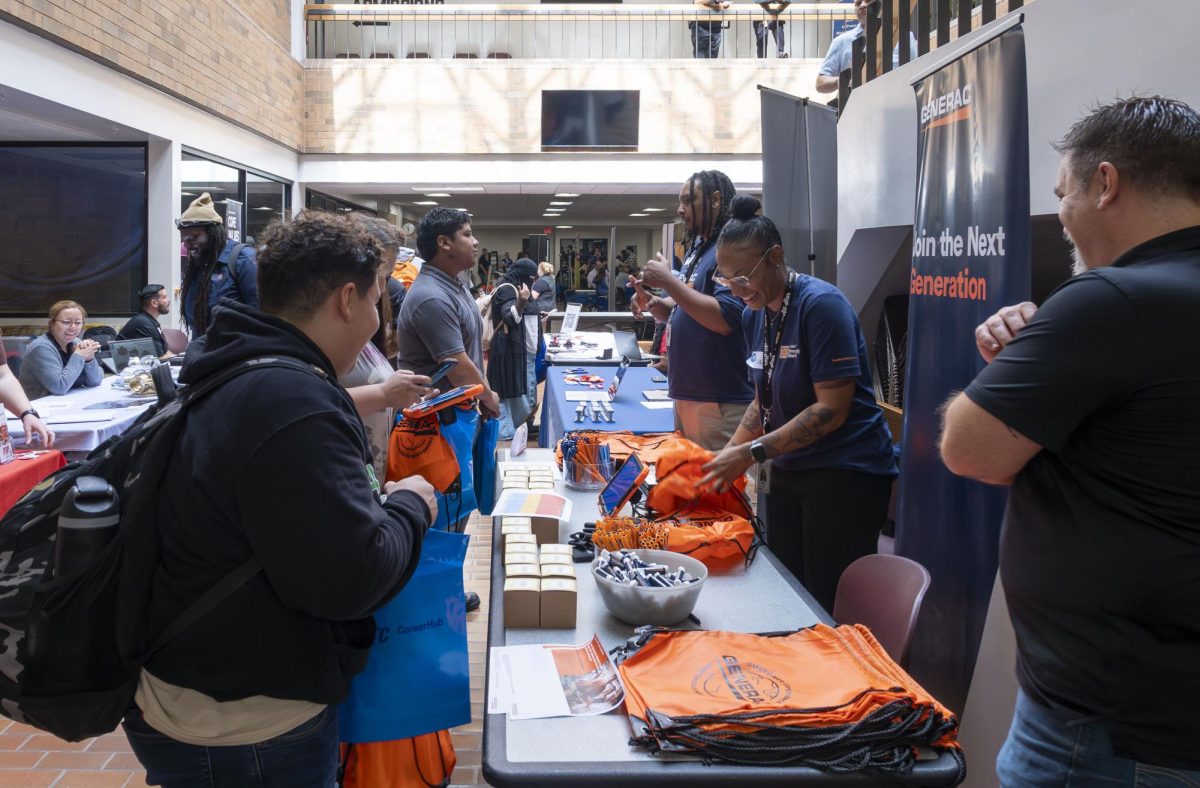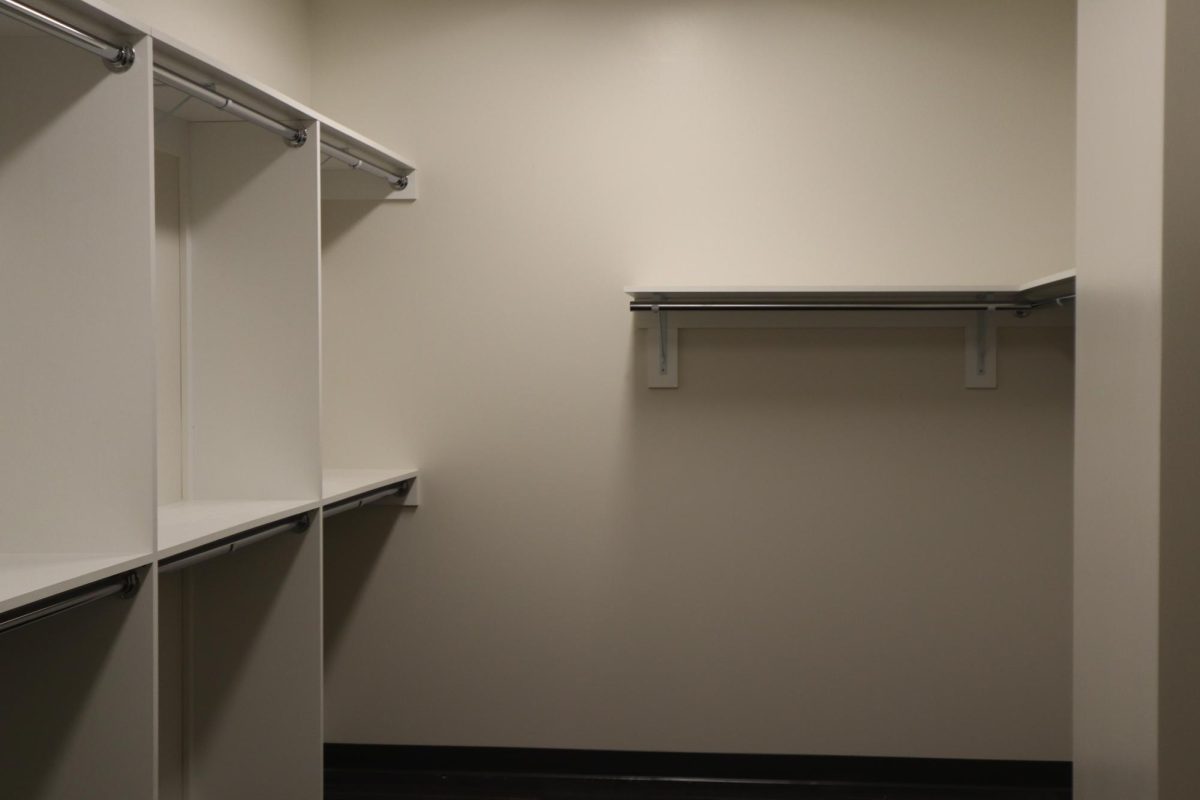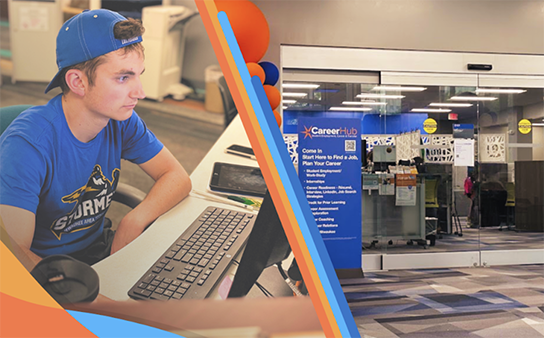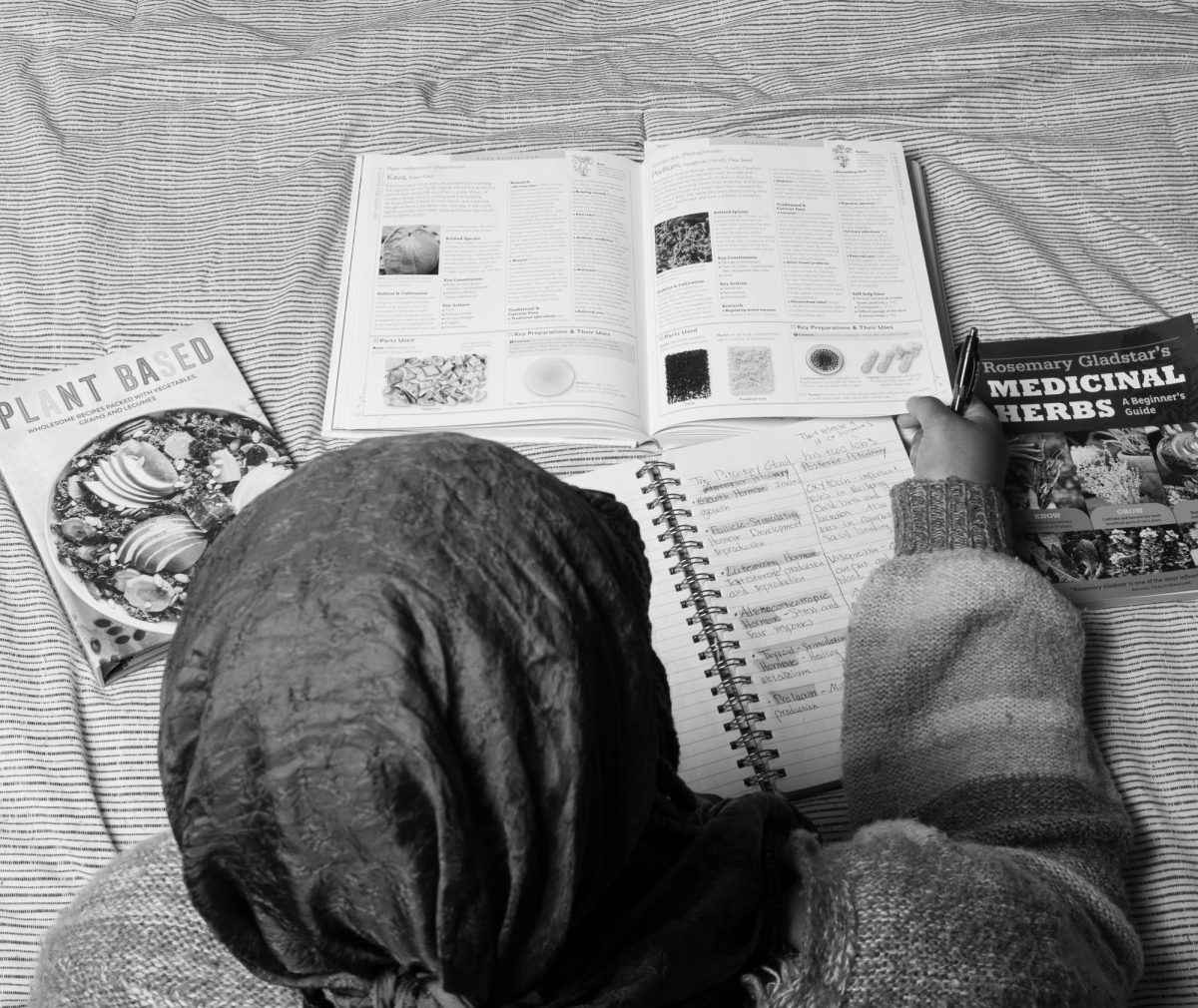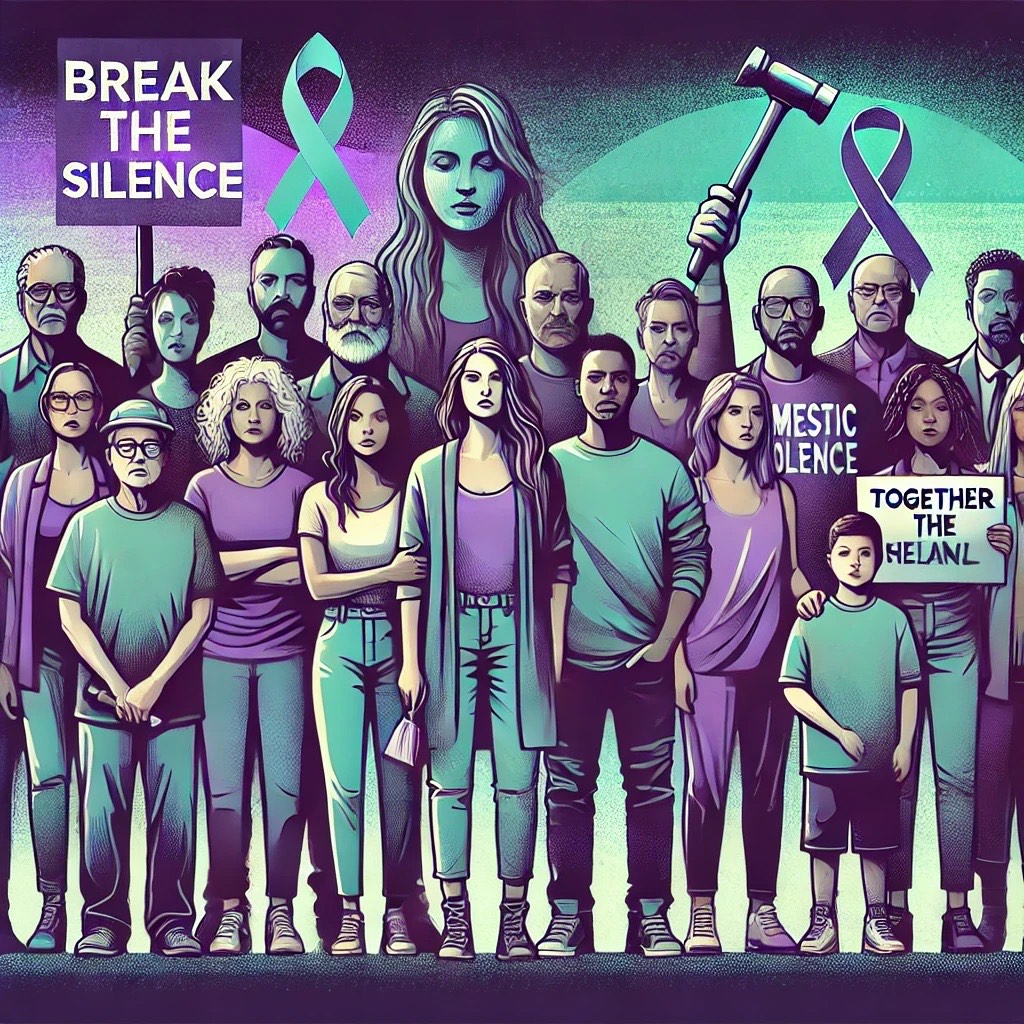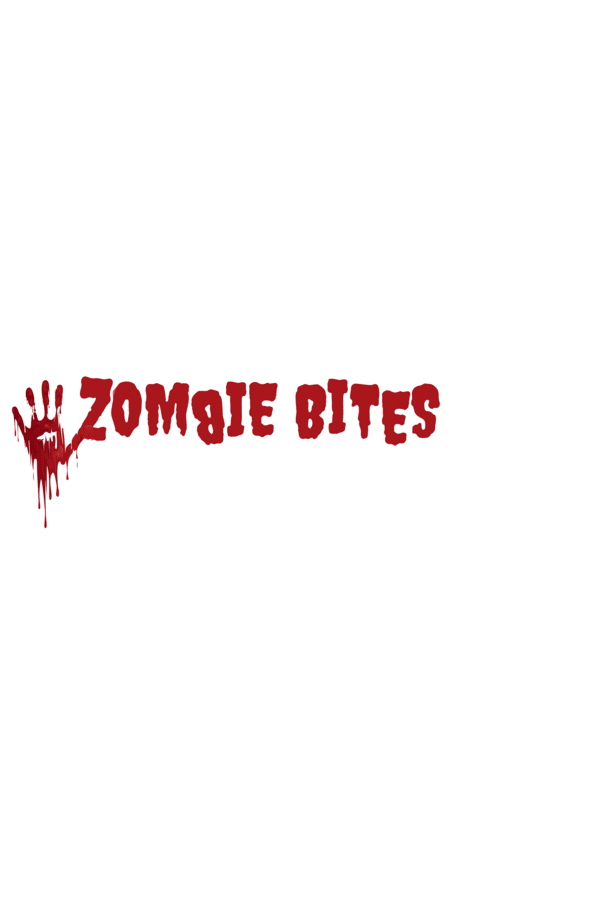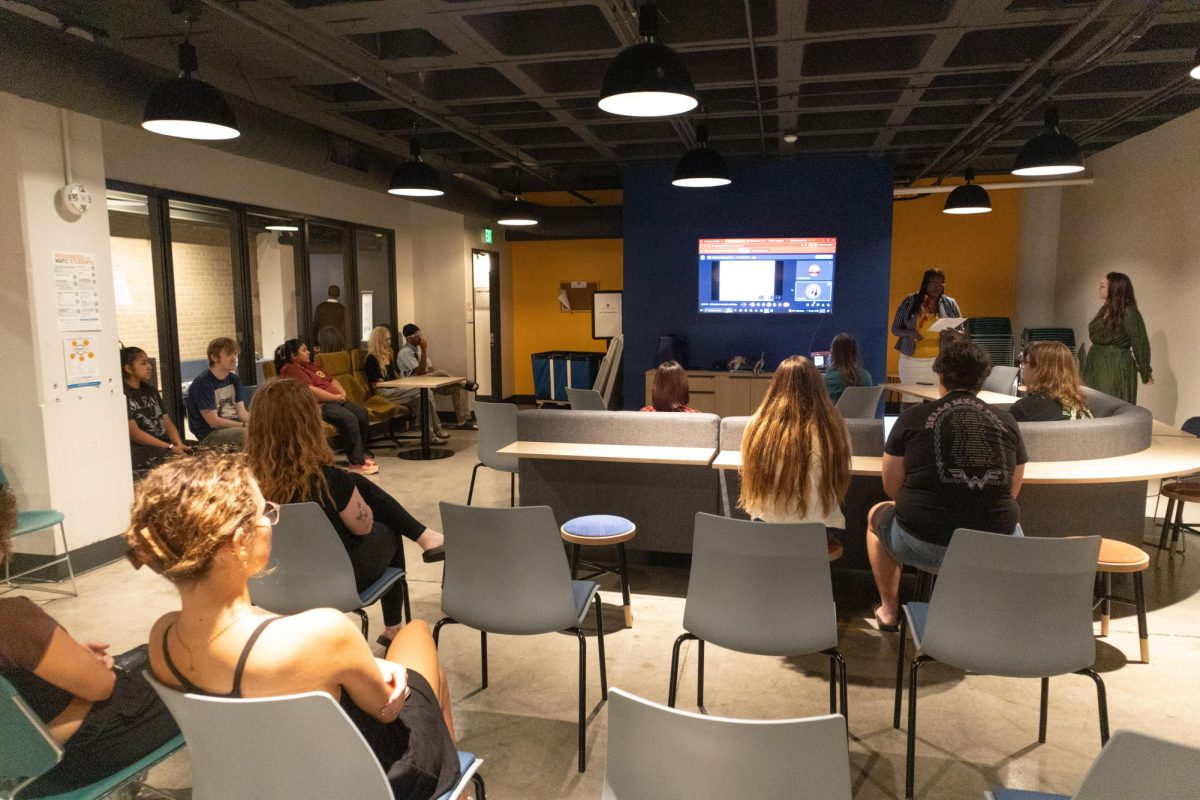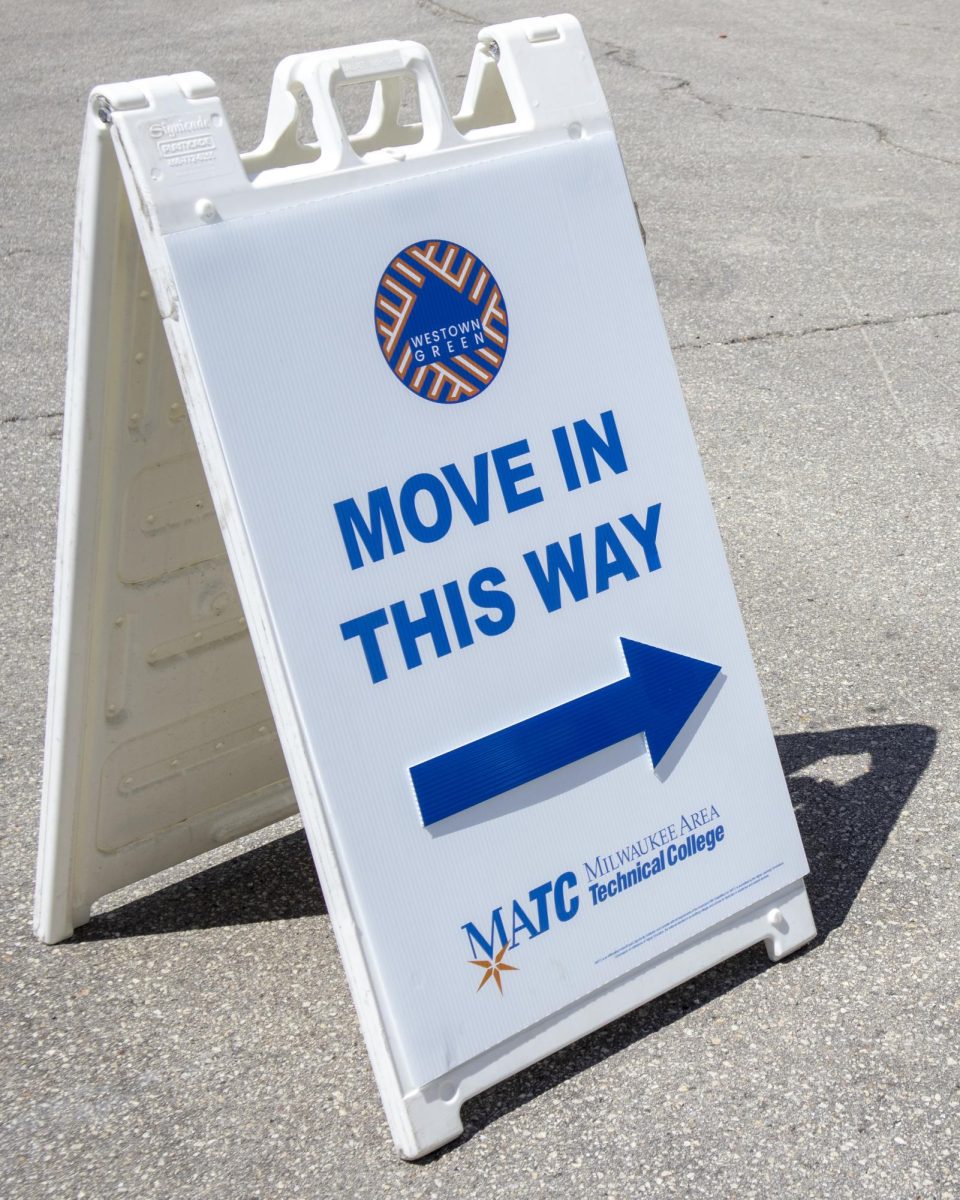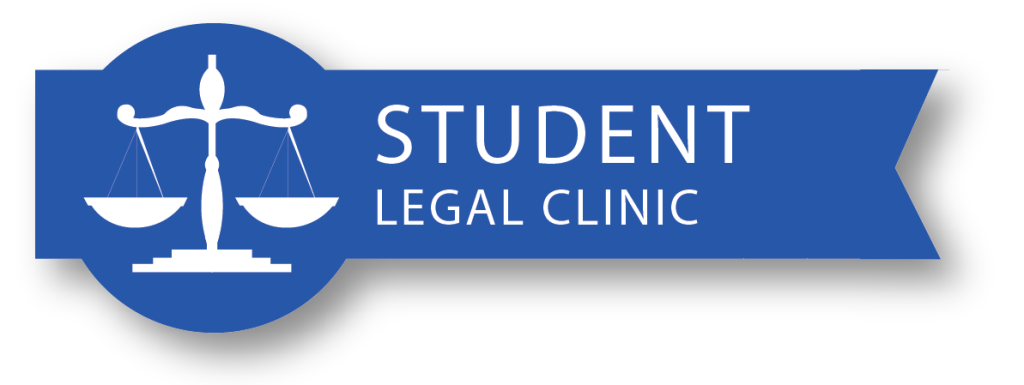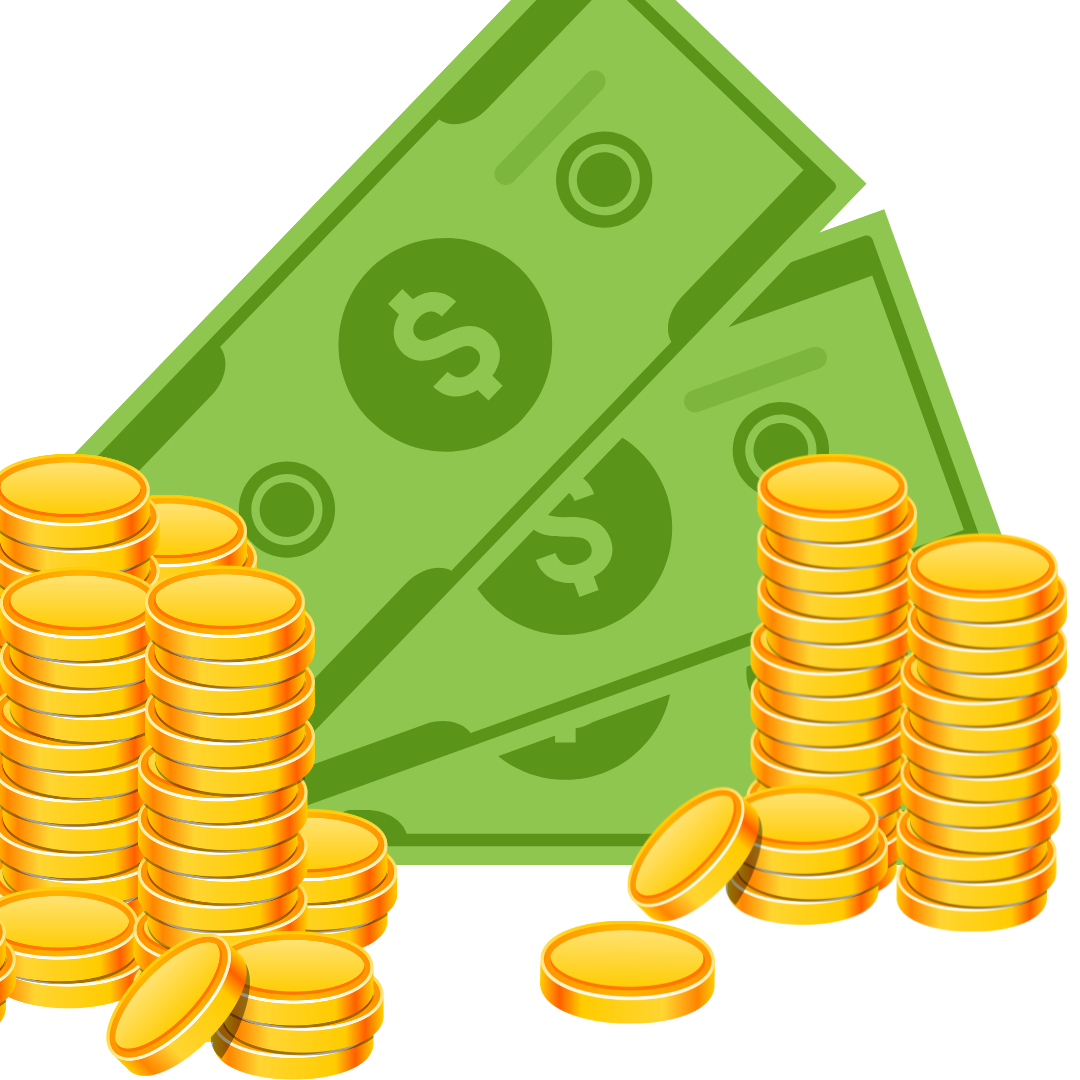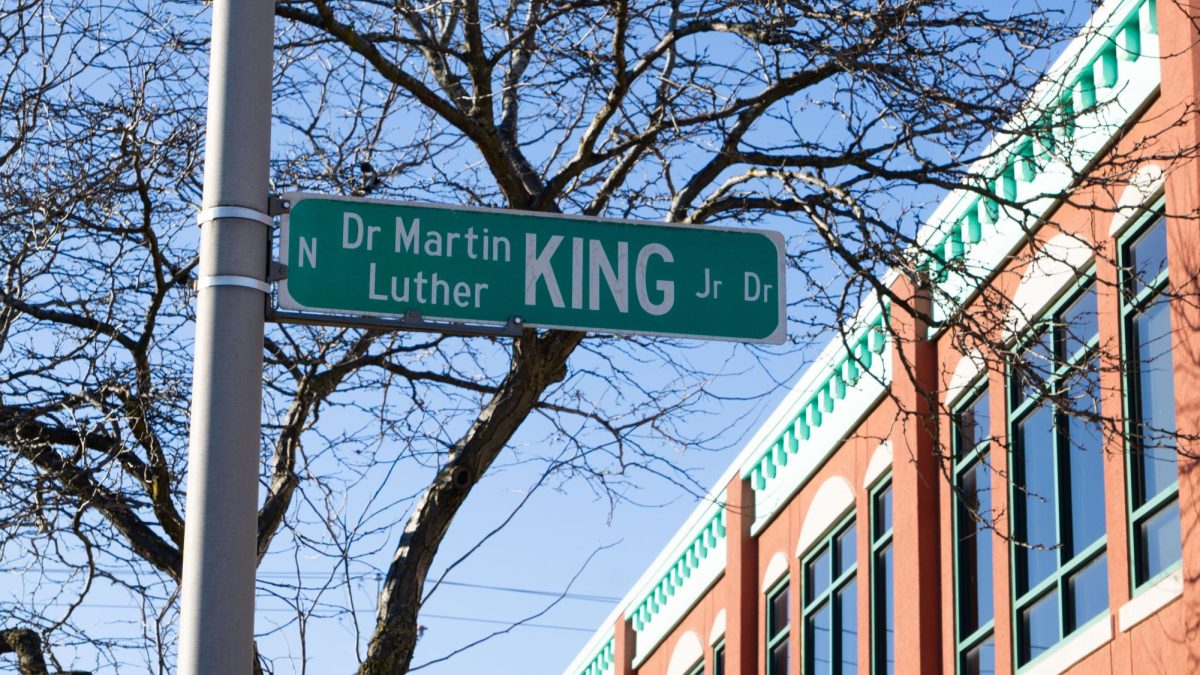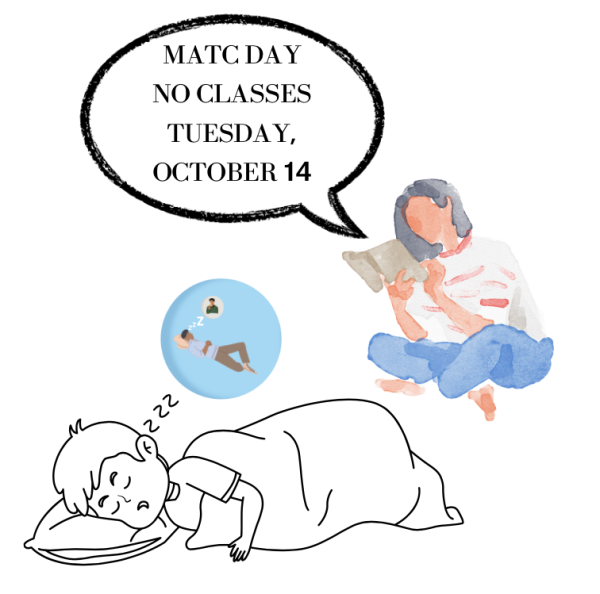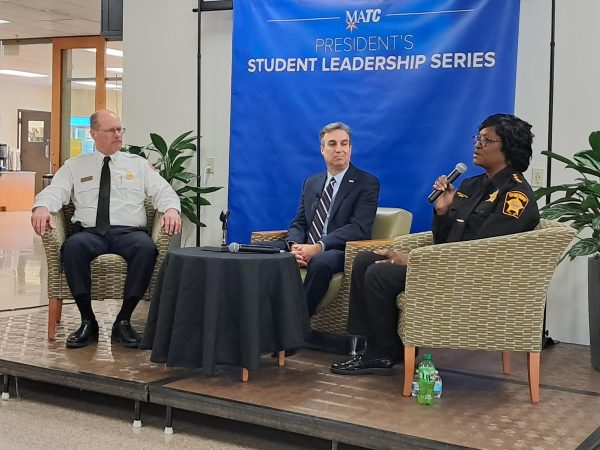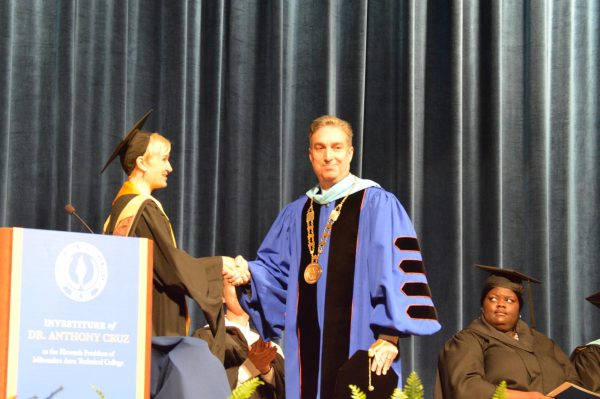Do not read that textbook (maybe)!
You have probably figured out that no one cuddles up on the sofa to read a math textbook. The reason: Math is not about “text” – it is about problems, functions, rules and formulas. Math textbooks thus have few words, usually instructions, and lots of example problems.
Natural sciences are basACed on math and theory, so Ascience textbooks are full of pictures, graphs, tables and diagrams. The text is punctuated by bolded terms, letting you know which words and concepts you really need to learn. These textbooks are designed to be used like an encyclopedia: If you have trouble with a concept the instructor taught, look it up in the textbook for further explanation. Using the index at the back of the textbook will get you to the exact page(s) you need.
Social sciences – economics, history, sociology and such – study human behavior and therefore are not as cut-and-dried. These textbooks tend to have lots of text to read, but you can take shortcuts to save time. First, read the introduction and summary of the chapter, plus any assigned questions. Keep the questions in mind while “skimming” the rest. Skimming is the art of reading the most important parts of the chapter – the first and last paragraphs in full, then the first and last sentences of each paragraph in between – while glancing through paragraph “middles.” Watch for terms related to the assigned questions.
Finally, regarding literature: Sorry, but just read the book. CliffsNotes leave out details, and movies change up the endings. Spoiler alert: In the book, T-rex is not the hero of “Jurassic Park.”

